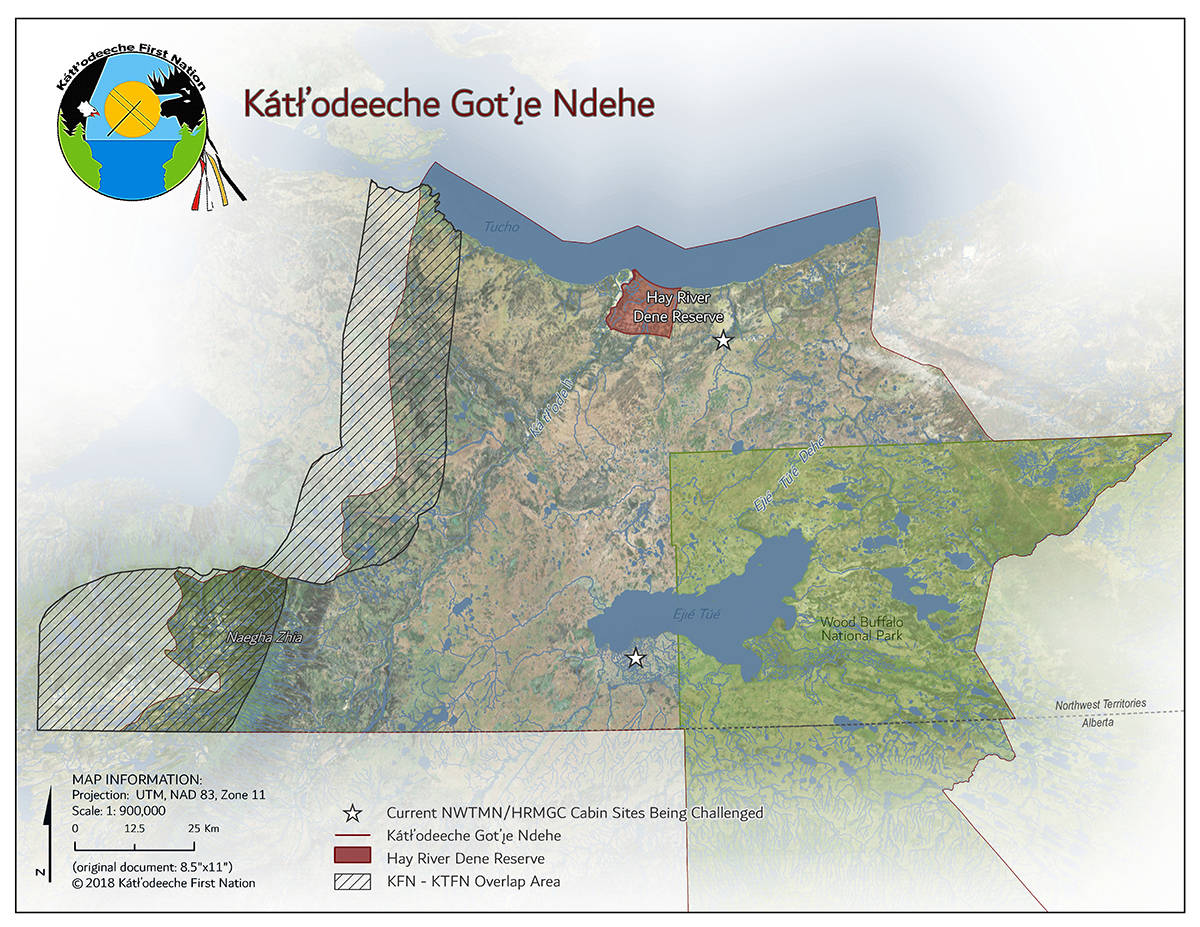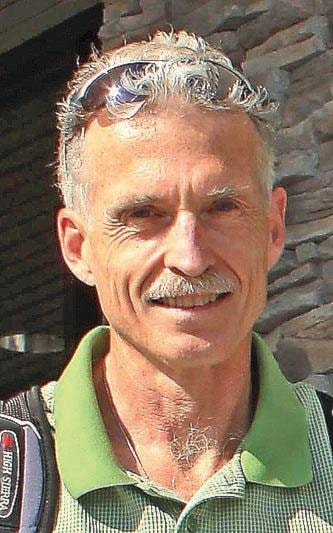I write this piece from the perspective of a settler, a xahto or guest, in the traditional territory of the Kátł’odeeche First Nation. I also write it as a negotiator for the Kátł’odeeche First Nation (KFN) on Aboriginal and Treaty rights issues, although the opinions in this piece are my own and do not necessarily reflect KFN perspectives or positions.
Like many other Canadians, I am appalled and saddened by the revelations of hundreds of children’s remains being found in unmarked, mass graves on the grounds of a Catholic residential school in Kamloops, in the Tk’emlups-te-Secwepemc traditional territory. But having read the Final Report of the Truth and Reconciliation Commission of Canada – Volume One: Summary when it was first released, I am not surprised by this revelation. The TRC clearly articulated the existence of these gravesites and put forward six calls to action (Actions 71 to 76; pages 258 to 263) to address and reconcile this historic indignity and injustice, few of which have been acted upon by any public government, federally, provincially, or territorially.
I am also perplexed by the current response of these public governments, my own public governments, as they profess to be shocked by this revelation and seem to out-pace themselves in their expressions of empathy, condolences and support for Indigenous communities for a revelation that has been known to these communities since the inception of the residential school system, and which has been on the public record since the release of the TRC report in 2015. Suddenly, there is (another) urgent set of commitments by these governments (and churches) to reconcile this past injustice, with a particular focus on TRC Actions 73 and 74, which involve locating, mapping, informing, honoring, and repatriating the remains of these long-buried, innocent victims of an overtly racist system of colonization.
I am perplexed because I have always understood true reconciliation to be not simply an apology when a light has been shone on a dirty secret that one wishes to keep in the dark, or a brief atonement for one’s degrading and damaging behaviour, but to require a fundamental change in behaviour such that similar, perpetuated harms are no longer committed. These children’s deaths, and the indignity with which their bodies and spirits have been treated to date, were a direct result of colonial attitudes and policies. And from the perspective of an Aboriginal and Treaty rights negotiator for the Kátł’odeeche First Nation for a number of years, it has been difficult to see or hear any fundamental change in colonial attitudes or behaviours by our federal or territorial governments.
To be specific, Indigenous governments are still provided with only two options by these governments for reconciling and fully exercising their inherent Aboriginal and Treaty rights: through negotiations or through the courts. But both of these processes have a singular caveat: the rules by which these processes operate are solely determined and governed by the colonizer – those governments themselves – so traditional cultural practices, language, laws, and protocols are not given equal relevance, value, or standing. In essence, in this sandbox, let’s reconcile, but only the colonizers’ definition of reconciliation applies. Either you play by the colonizers’ rule book, or you can’t play at all.
For example, over the past 120 years, following the adhesion to Treaty 8, the Kátł’odeeche First Nation has had the majority of its traditional territory in the Kátł’odeeche (Hay River Delta) area unceremoniously expropriated by Canada, churches, business people, the Town of Hay River, and the Government of the NWT without consultation, compensation, remorse, or any formal due process. But today, as KFN tries to negotiate an existing, outstanding, constitutionally-based, Treaty 8 rights commitment to an expansion of the Hay River Dene Reserve, public governments retain the ability to unilaterally withhold undeveloped and spiritually significant land parcels because of land acquisition rules and policies now being imposed by these very governments. And as KFN further attempts to negotiate even shared jurisdiction on lands and resources within its traditional territory as a whole, Canada and the GNWT resist because that form of shared jurisdiction is not possible within the laws that Canada and the GNWT have themselves proclaimed. It’s because these governments continue to control and refuse to relinquish the rules that apply to much of the lives of Indigenous communities and their lands that injustices remain more commonplace than not.
Which brings us back to the children. Now that the public governments have expressed their feigned surprise and dismay at the revelation of unmarked graves associated with the residential school system, Indigenous government will likely need to apply, cap in hand, for funding to locate and honour their missing – through what I expect (I’d love to be proven wrong) will be a bureaucrat-managed, proposal-driven, funding-limited process that the public governments will design and control – because few Indigenous governments have the internal resources to do this work independently due to the continued loss of the wealth inherent in their traditional land and resources from the same colonial system that shamefully buried those children in the first place.
So, Canada and the Northwest Territories, we can and must do better: by first fully acknowledging and then rectifying, through decisive action, the fundamental character of and flaws in our current colonial system, not only its historic manifestations, but in relation to its continued existence in the here and now.

